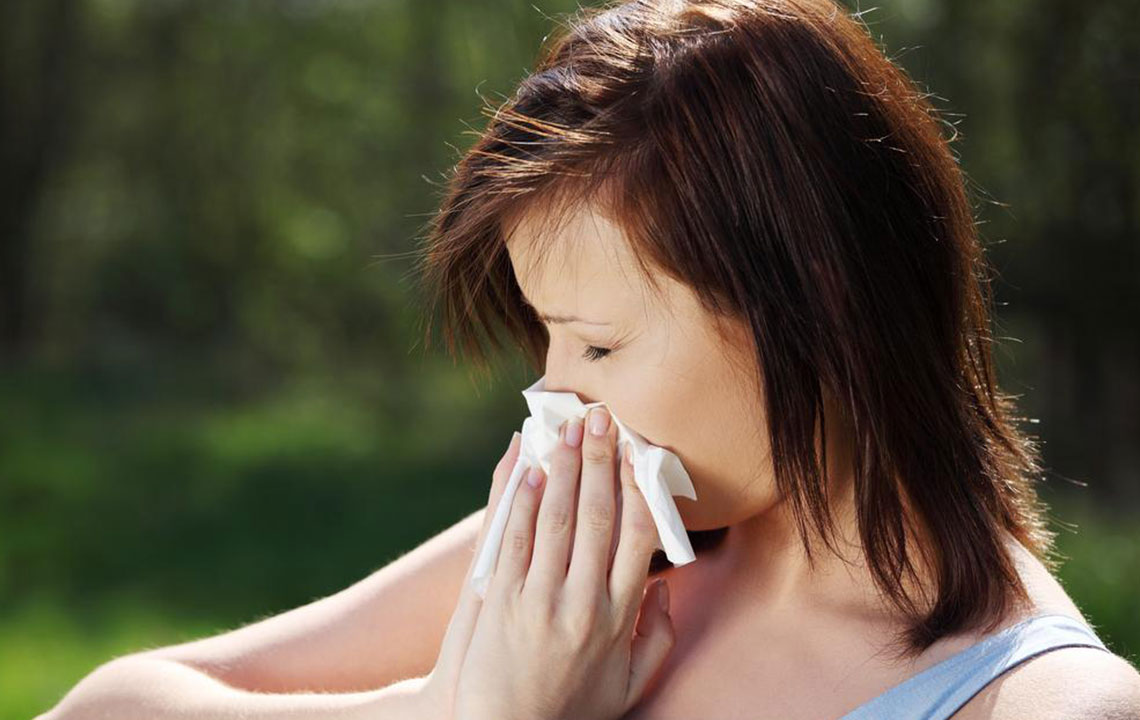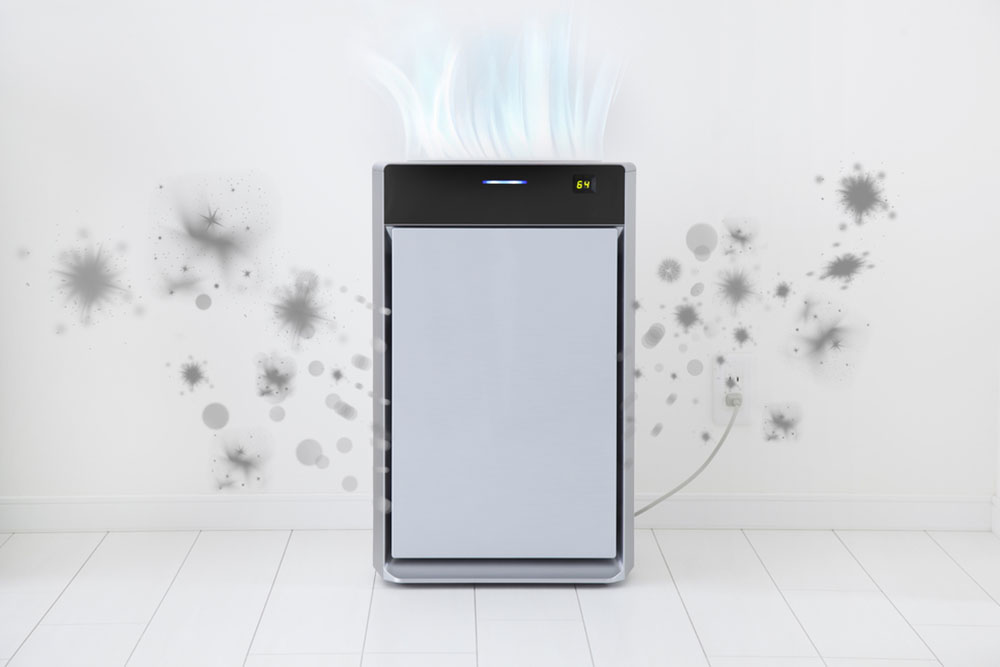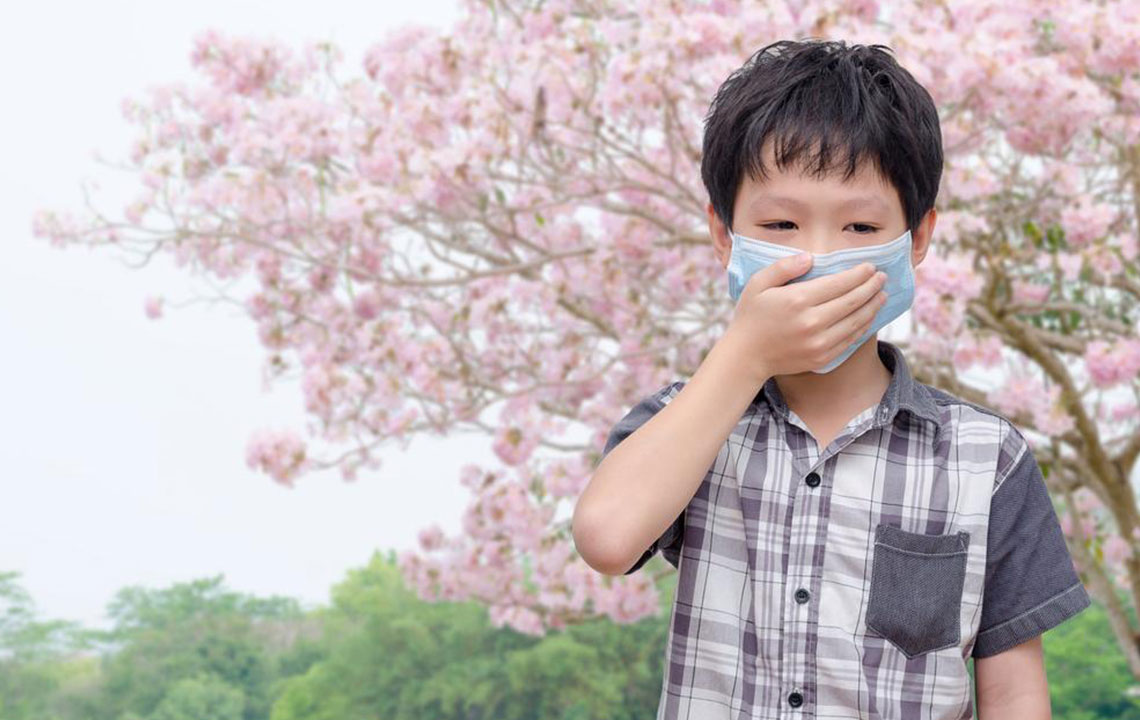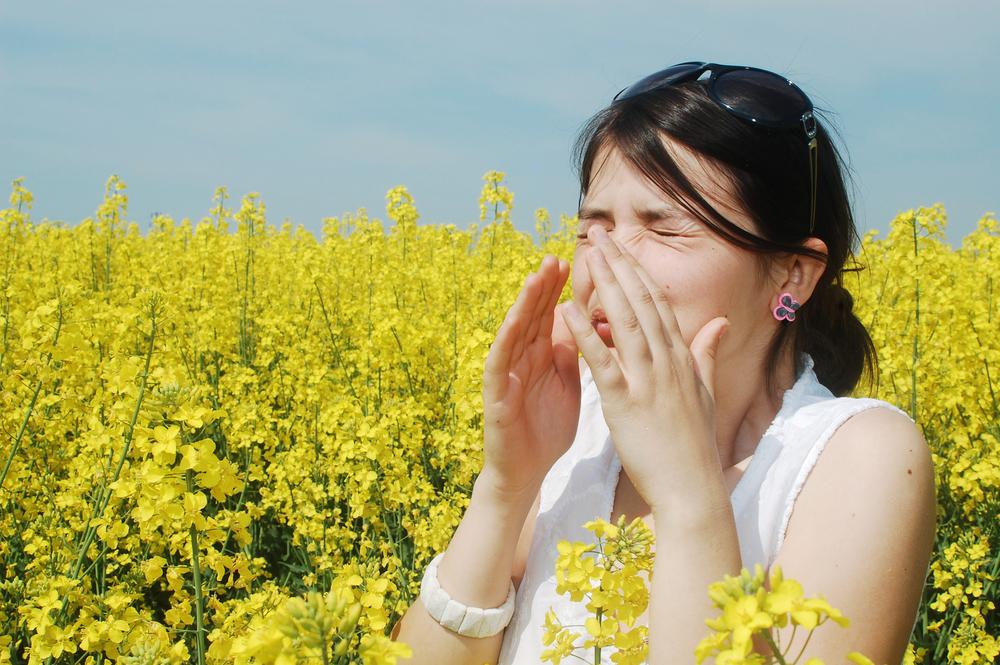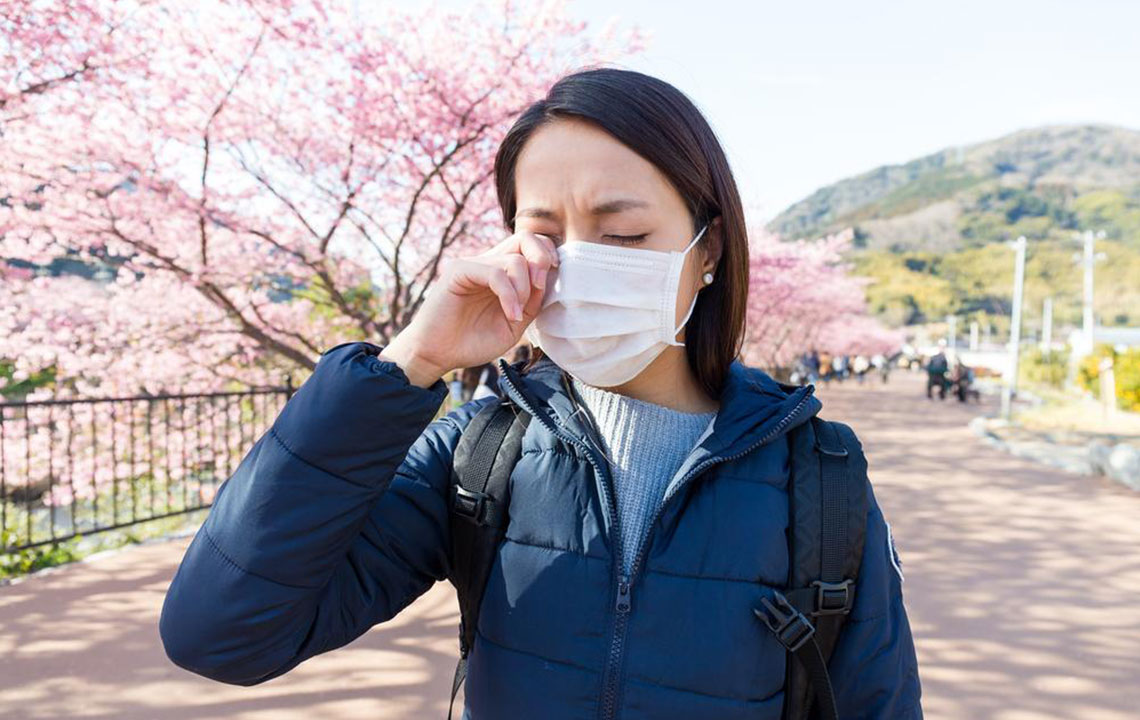Identifying the Top 5 Warning Signs of Hay Fever and How to Manage Them
Hay fever affects many with symptoms like sneezing, nasal congestion, itchy eyes, and sinus pain. Recognizing these signs early helps in managing allergies effectively. This detailed guide covers key symptoms, triggers, and management tips to improve your quality of life. Stay informed to prevent complications and reduce discomfort during allergy seasons.

Identifying the Top 5 Warning Signs of Hay Fever and How to Manage Them
Hay fever, medically known as allergic rhinitis, is a common allergic condition that impacts a large portion of the population, particularly in the United States. It manifests through various symptoms that can severely affect daily activities, sleep quality, and overall well-being. Understanding the key symptoms of hay fever is essential for timely management and relief. This comprehensive guide aims to help you recognize the most common warning signs of hay fever, explore the underlying causes, and discuss effective strategies to reduce symptoms and improve quality of life.
Hay fever can be seasonal, occurring during specific periods when certain plants pollinate, or perennial, persisting throughout the year due to continuous exposure to indoor allergens such as pet dander, mold, and dust mites. Both forms can lead to similar symptoms, although their triggers differ. Sensitivity to different types of pollen, including those from trees, grasses, or weeds, influences the specific symptoms experienced by each individual. Being aware of these symptoms and their triggers allows for better management and prevention strategies.
People with compromised immune systems are especially at risk because their body's defenses are less capable of handling these allergens. Common symptoms of hay fever include:
Frequent and intense sneezing: Often accompanied by nasal itching and discomfort in the roof of the mouth, ears, and throat. Sneezing fits can occur multiple times a day, disrupting daily routines.
Nasal congestion and rhinorrhea: The nose may become blocked, making breathing difficult, or may run constantly with clear mucus, leading to discomfort and fatigue.
Itchy, watery eyes: Allergic conjunctivitis causes redness, tearing, and irritation in the eyes, often accompanied by light sensitivity and discomfort.
Facial sinus pain and pressure: Blockage of sinuses can lead to pain around the forehead, cheeks, and around the eyes, sometimes mistaken for sinus infections.
Additional symptoms: As pollen counts rise, symptoms can worsen, including excessive sweating, a diminished sense of taste or smell, and facial tenderness. Headaches from sinus pressure and overall fatigue are common. Sleep disturbances, irritability, and restlessness often occur due to persistent discomfort.
Monitoring pollen levels and allergy forecasts can help in planning daily activities to minimize exposure. For individuals with asthma, hay fever symptoms can exacerbate respiratory issues, leading to wheezing, chest tightness, and persistent coughing. Severe cases might involve systemic symptoms such as fever, bad breath, intense sinus pain, toothache, and facial tenderness, significantly impairing daily life, work, and education. Recognizing early warning signs and seeking prompt treatment can prevent complications and improve overall well-being.
When standard medications like antihistamines, nasal sprays, or decongestants do not alleviate symptoms, consulting a healthcare professional is crucial. Doctors can recommend allergy testing, personalized treatment plans, or consideration of immunotherapy options. Lifestyle adjustments, including reducing exposure to known allergens, implementing indoor air purifiers, and maintaining good hygiene can significantly reduce symptom severity and improve comfort during allergy seasons.
In conclusion, understanding the key signs of hay fever allows individuals to take proactive steps in managing their condition. With proper diagnosis, treatment, and behavioral strategies, it is possible to minimize the impact of hay fever and enjoy a better quality of life despite seasonal or perennial allergies.
